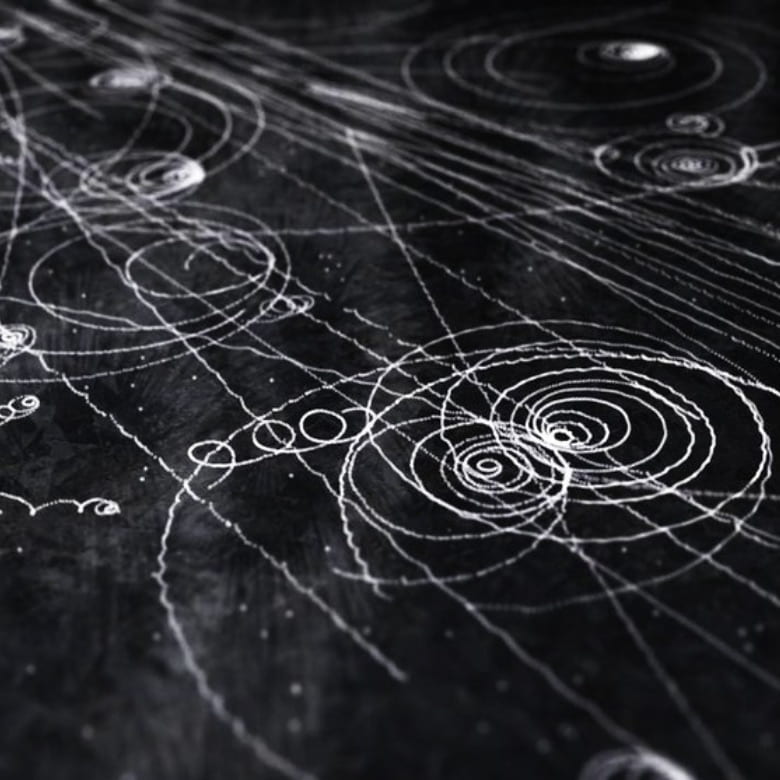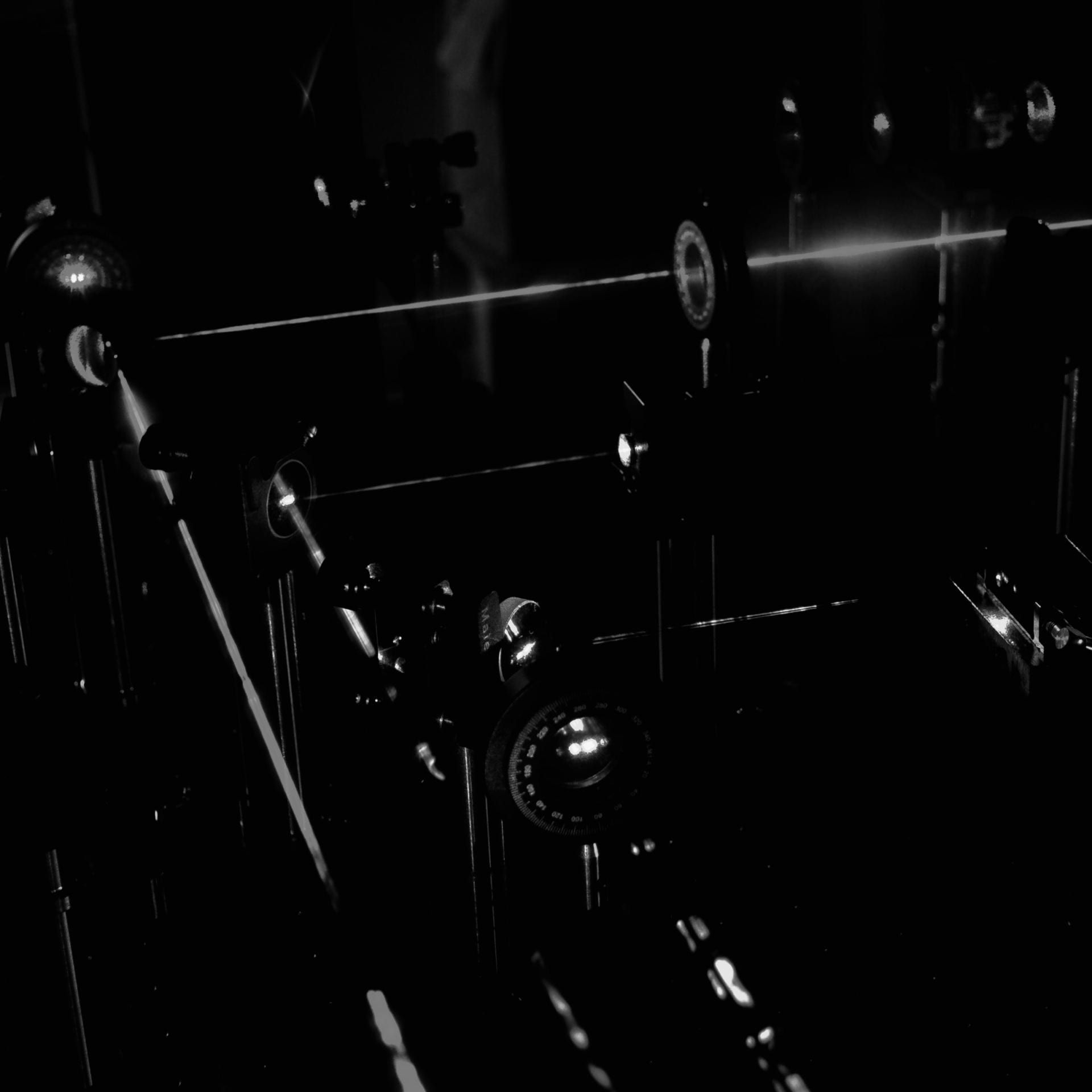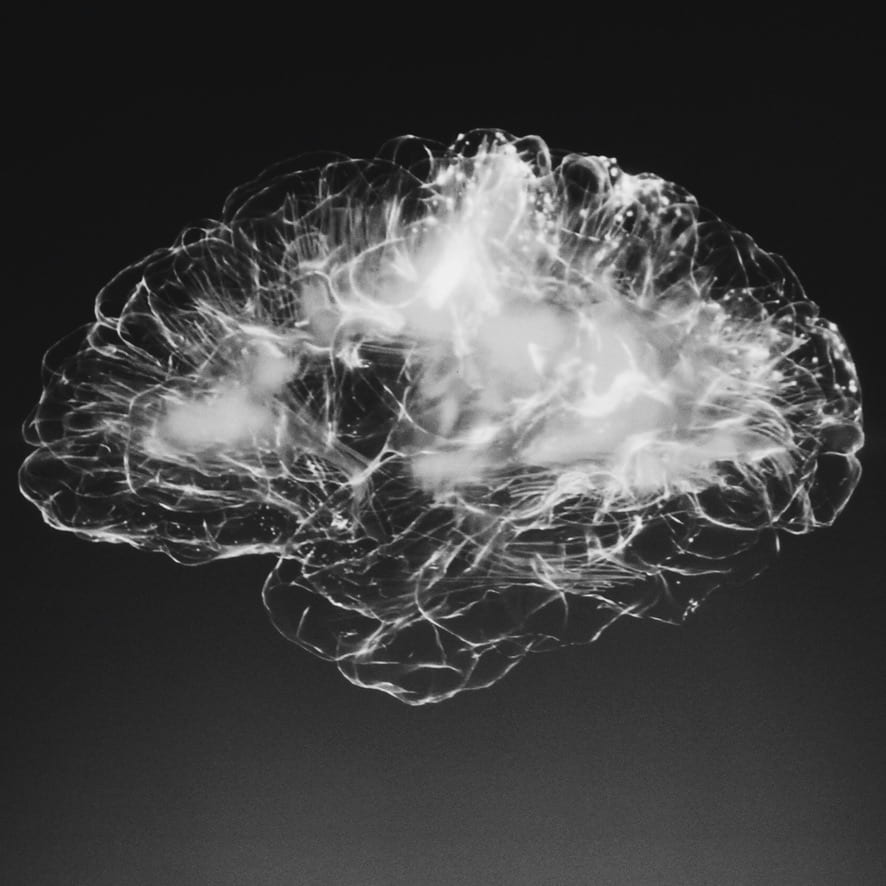Research Groups & Mentors
Professor Miguel Morales
Astrophysics & Cosmology | Computational & Machine Learning Research
Professor Miguel Morales is an observational cosmologist that works primarily on measurements of the Epoch of Reionization (EoR) as the universe’s first stars and galaxies burned away the primordial neural hydrogen fog approximately 13 billion years ago. Cosmology with highly redshifted 21 cm radio emission is one of the grand challenges of modern astrophysics. His Radio Cosmology group at the University of Washington is recognized as an international leader in developing the bespoke instruments and precision data analysis techniques required to reveal the faint cosmological radio signal. They have built the Murchison Widefield Array in western Australia and the Hydrogen Epoch of Reionization Array in South Africa and have developed one of the four major EoR analysis pipelines. EoR analysis combines exquisite calibration and precision requirements with large data volumes. The analysis preformed in Professor Morales’ group has pioneered a number of calibration and software development techniques being replicated on an international scale.
Working in Professor Morales’ group primarily entails data analysis and visualization, along with building prototype radio telescopes.
Professor David Pengra
Optics, Circuits & Labs | Experimental Lab Research
Dr. David Pengra is a Teaching Professor at the University of Washington, Seattle known for his exceptional leadership in overseeing the advanced optics, circuits, and modern physics laboratories. Professor Pengra brings a wealth of expertise and passion to his role. As the director of the advanced teaching labs, he orchestrates a diverse array of hands-on research projects, spanning from analog and digital electronics to condensed matter, atomic and molecular, and nuclear and particle physics experiments. He also teaches data analysis in the laboratory to introduce students to coding techniques most valuable for the understanding of physics experiments. Professor Pengra fosters an environment of collaboration and independence, empowering students to own and share their growing knowledge with each other.
Professor Pengra’s dedication to teaching physics and nurturing talent makes him a pivotal figure in shaping the future of physics students at the University of Washington, Seattle.
Dr. Bryna Hazelton
Astrophysics & Cosmology | Computational & Machine Learning Research
Bryna Hazelton is a senior research scientist in the UW Physics Department and the eScience Institute. She is also the eScience Director of Research Programs. She works in collaboration with Professor Miguel Morales to co-manage the Radio Cosmology group at the University of Washington, Seattle.
Bryna is an expert in advanced statistical measurements and workflows for processing petabyte-scale data. She is particularly interested in understanding subtle systematics in precision measurements with deep experience in Fourier analysis and image processing.
Professor Boris Blinov
AMO & Quantum Information | Experiemental & Data Analysis Research
Professor Boris Blinov is a distinguished professor renowned for his groundbreaking contributions to the fields of atomic, molecular, and optical physics, as well as quantum information science. With a Ph.D. and postdoc in Physics from the University of Michigan, he has established himself as a pioneering figure in the interdisciplinary realm of quantum technologies. He leads the UW Trapped-Ion research group at the University of Washington that covers a wide range of research on experimental implementation of quantum computation, quantum communication, and quantum simulations using trapped ions. The tools used in this group range from radio-frequency ions traps of various shapes and sizes, lasers to cool the trapped ions, vacuum pumps, and various other electronics. The group has four ongoing projects: quantum jumps, entanglement, 2D crystals and the trapped ion teaching lab.
Beyond his scientific endeavors, Professor Blinov is dedicated to mentoring the next generation of scientists and fostering a collaborative research environment that thrives on creativity and intellectual curiosity. In his group, students will focus on the experimental side of AMO physics and quantum information science.
Professor Samu Taulu
Biophysics & Neuroscience | Computational & Machine Learning Research
Dr. Samu Taulu is an Associate Professor of Physics at the University of Washington and director of the Institute for Learning & Brain Sciences (I-LABS) magnetoencephalography (MEG) Brain Imaging Center. He bridges the fields of neuroscience and biophysics with unparalleled expertise. He earned his M.Sc. and Ph.D in Finland at the Department of Technical Physics at Helsinki University of Technology (HUT). His current research primarily focuses on developing methods to optimize MEG data quality. MEG is a non-invasive technique for investigating human brain activity on a millisecond-by-millisecond basis and shows where the brain activity is produced. The main methods developed by Dr. Taulu and his colleagues are motivated by the challenges of signal processing of previous infant MEG measurements.
Dr. Taulu’s lab focuses on data analysis and machine learning. They are developing novel algorithms to extract meaningful insights from vast datasets, revolutionizing fields like healthcare and neuroscience. By leveraging advanced statistical techniques and cutting-edge machine learning models, they aim to model brain activity patterns and improve MEG techniques.
Audrey Budlong
UW Physics PATHS | Director
Audrey is a physics graduate student at the University of Washington, Seattle. She works on the Alert Production Team for the Legacy Survey of Space and Time at the Vera C. Rubin Observatory. She focuses on correcting for the differential chromatic refraction effect found in optical ground-based telescopes.
In collaboration with Professor Miguel Morales, she runs the UW Physics Program for Advanced Training in Hands-on Science (PATHS).





